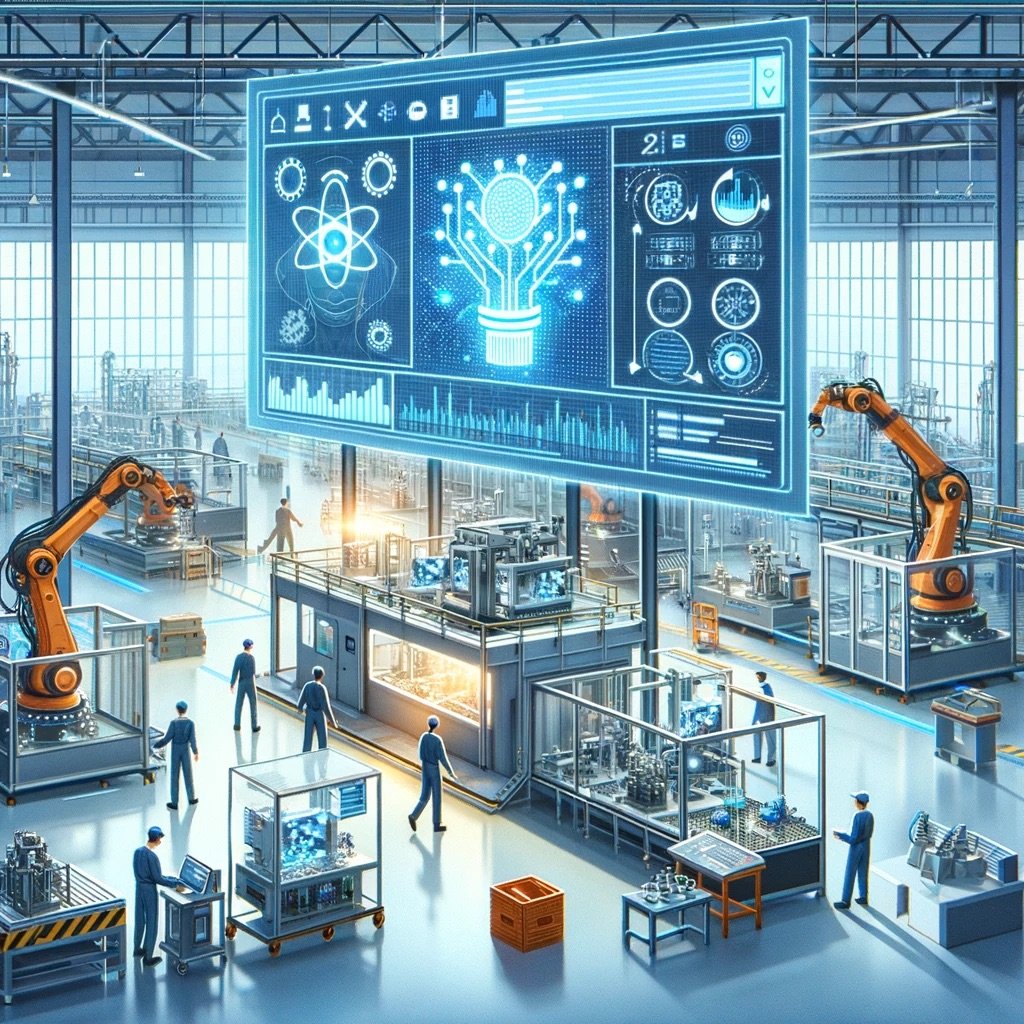
AI in Manufacturing: Production Planning
Production planning in manufacturing is a critical process that involves planning and organizing the manufacturing activities of a company. It is designed to ensure that production processes are carried out efficiently and effectively, with the goal of meeting customer demands and maximizing profitability. Key aspects of production planning include:
Demand Forecasting: Estimating the future demand for products, which is crucial for deciding the production quantity.
Resource Allocation: Determining the resources (like raw materials, workforce, machinery, etc.) required for production and ensuring their availability.
Process Planning: Deciding on the sequence of operations, the path that each product or part will follow through the production process.
Capacity Planning: Ensuring that the manufacturing facility has enough capacity (in terms of labor, equipment, and space) to meet the production goals.
Inventory Management: Managing the inventory of raw materials, work-in-progress, and finished goods to balance the costs with production and customer demand.
Scheduling: Developing a detailed timetable for production, specifying when each task should start and end.
Quality Control: Implementing systems to ensure that products meet quality standards and customer expectations.
Cost Control: Monitoring and controlling the costs associated with the production process.
Supply Chain Coordination: Coordinating with suppliers and logistics partners to ensure the timely delivery of raw materials and the shipment of finished products.
Continuous Improvement: Regularly analyzing the production process and implementing improvements to increase efficiency and effectiveness.

AI Embedding Models
Embedding models are a type of machine learning model used primarily in natural language processing (NLP) but also in other domains like computer vision. They work by converting high-dimensional data (like text or images) into lower-dimensional, dense vectors in a continuous vector space. These vectors are known as embeddings. The purpose of embeddings is to capture the relationships and semantic meanings of the data in a way that's easier for machines to process and analyze.

Using Generative AI for Brainstorming
Brainstorming is an essential business activity, but sometimes, sparks of genius can be hard to come by. Generative AI can be a powerful tool to take your business brainstorming sessions to the next level. Here's an overview of how you can use it for brainstorming:
Idea generation: Seed the AI with relevant information about your challenge (target audience, industry trends, existing products) and let it generate a diverse range of potential solutions. This can be text-based (product features, marketing campaigns) or even visual (prototype designs, brand concepts).
Breaking mental blocks: Use the AI to explore unconventional directions by providing unexpected combinations of concepts or generating ideas based on completely different fields. This can push you beyond your usual thought patterns and uncover hidden possibilities.
Facilitating collaboration: Let the AI act as a virtual idea catalyst, bouncing off suggestions from team members and building upon them to create richer, more developed concepts. This can encourage team participation and break down traditional hierarchies in brainstorming sessions.
Testing and evaluation: Use the AI to generate diverse user personas and scenarios to test your ideas. This can provide valuable feedback early on in the development process, helping you identify potential flaws and iterate faster.

Understanding Community-led Growth
Product-led growth (PLG) has dominated the discussion around go-to-market (GTM) strategies for several years. PLG is a business strategy where the product itself drives customer acquisition, expansion, conversion, and retention. This approach differs from traditional sales or marketing-led strategies in that the product is at the forefront of the growth efforts, with the aim to create a product that sells itself. A newer strategy though, community-led growth (CLG) is garnering a lot of attention over the past few years. CLG is a business strategy where a company focuses on building and nurturing a community of users, customers, or enthusiasts around its product or service. This approach relies heavily on the community to drive awareness, adoption, and continuous improvement of the product. The strategies aren’t mutually exclusive though, something we’ll look at later in this post, but first some more detail on CLG.

Using Virtual Assistants to Improve Business Productivity
With the introduction of virtual assistants (VAs) like Microsoft’s Copilot, Salesforce’s Einstein Copilot and a number of other vendor offerings this past year, VAs are becoming much more common business tools. VAs are software programs designed to perform tasks or services for an individual or a business. They are increasingly used in various fields for their efficiency, cost-effectiveness, and ability to handle repetitive or complex tasks. While GPTs and LLMs enable VAs, the technology behind VAs includes several key components
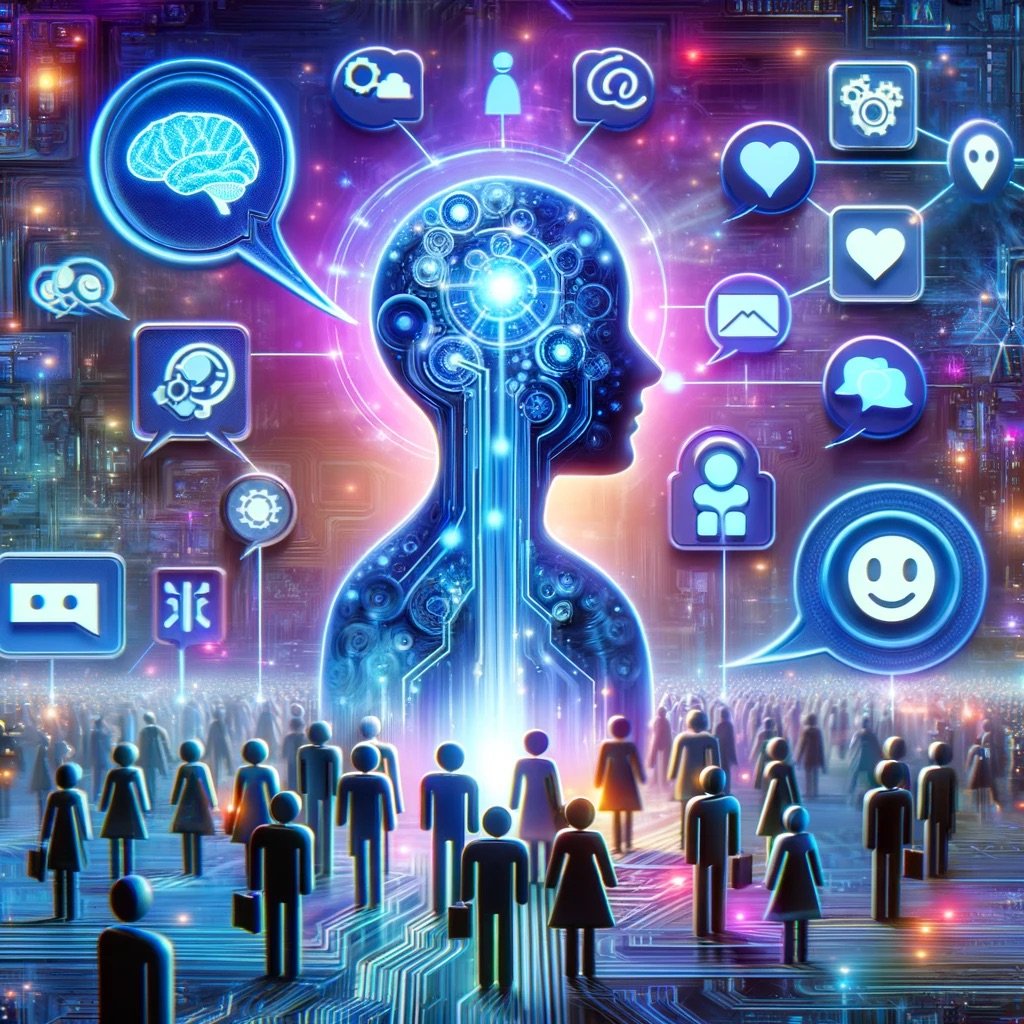
Using Artificial Intelligence to Improve Customer Satisfaction
Before jumping into the use cases of AI that can impact customer satisfaction, let’s take a quick look at two key strategy areas related to customers. Customer Success (CS) and Customer Experience (CX) are two critical concepts for modern business, both centered around optimizing the customer's interaction with a company, but they differ in their specific focus and execution.
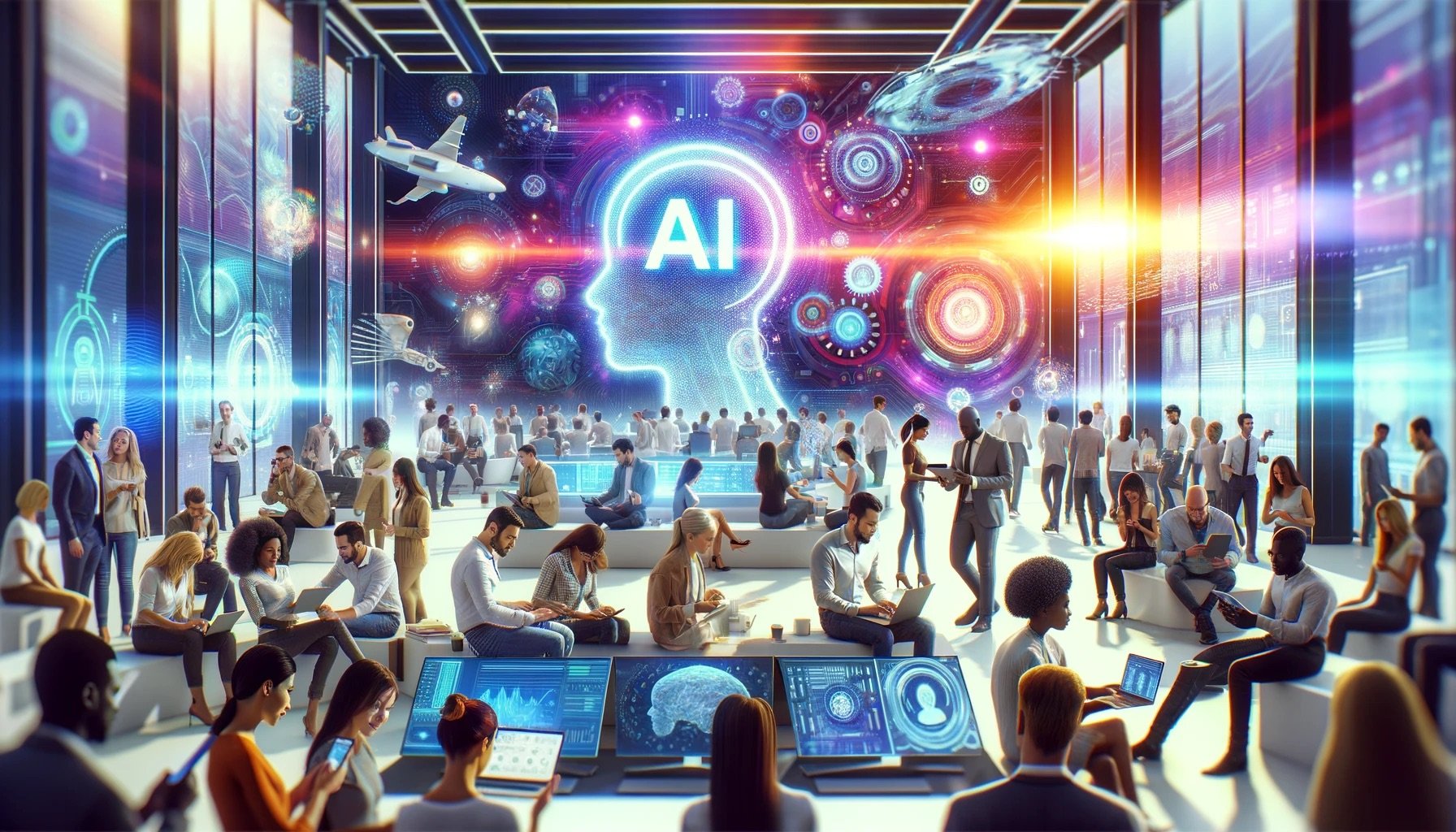
The Democratization of AI: A New Era of Accessibility and Integration
Artificial Intelligence (AI) is not new, it has been around for several decades in various forms, and even though its promise and potential was high, until recently its use has been relatively limited to process optimization, decision support, and enhancing customer experience. While those use cases are impactful, the number of users who either used the AI directly or used systems empowered with AI were limited. With the introduction and widespread access to generative AI tools like ChatGPT last year though, a rapidly growing number of people had the opportunity to use AI and realize / observe some of that potential benefit directly.
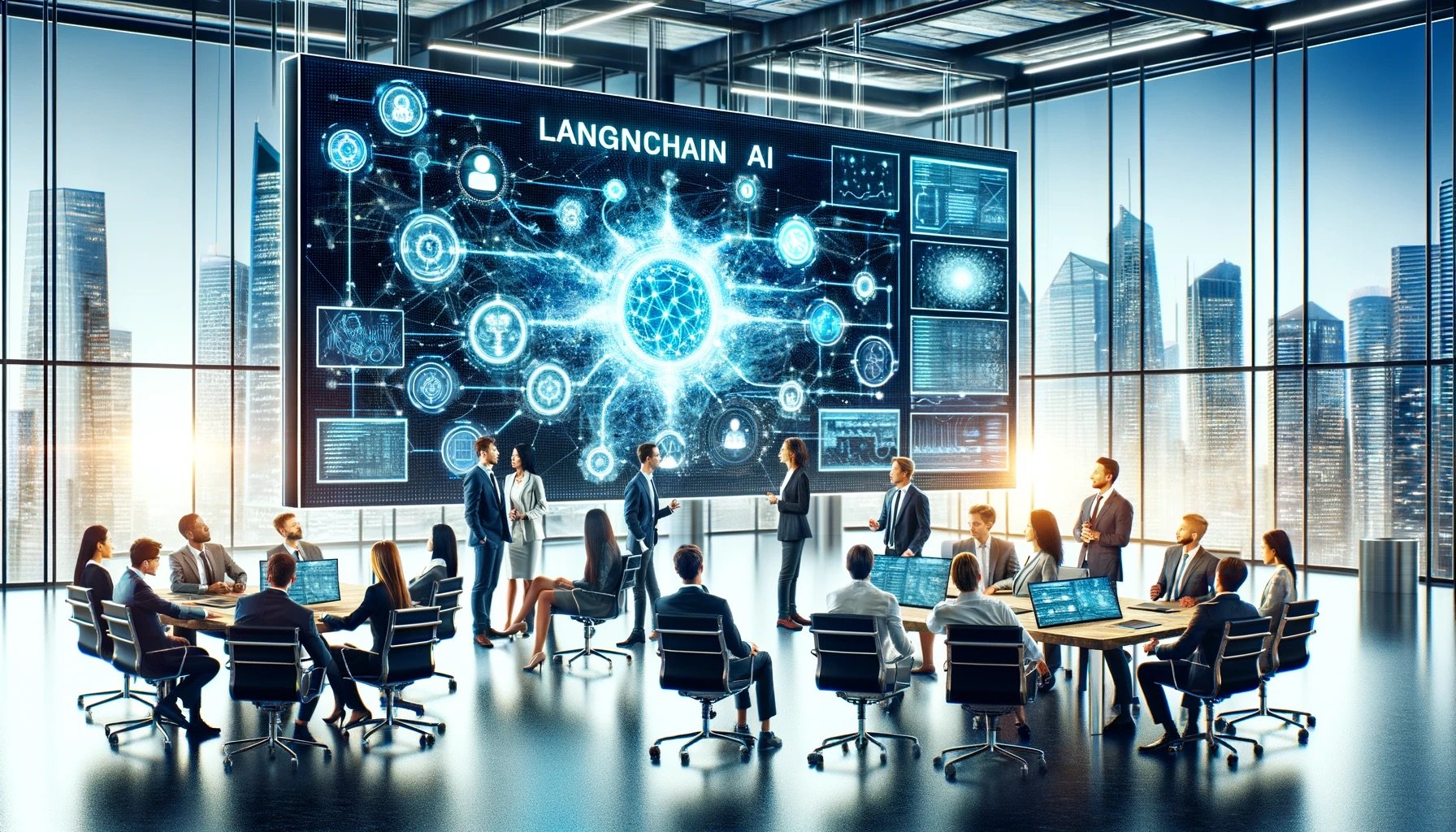
Using the LangChain Framework with Generative AI
LangChain is a framework designed for working with large language models (LLMs) like OpenAI's GPT-4. It's a set of tools and libraries that facilitate the development of applications built around LLMs. LangChain is designed to enable the chaining of LLMs with other tools and databases. It focuses on integrating various AI components, such as LLMs, databases, and search engines, to create more comprehensive and sophisticated AI systems. The idea is to leverage the strengths of different AI components to enhance the capabilities of language models in understanding and generating text.
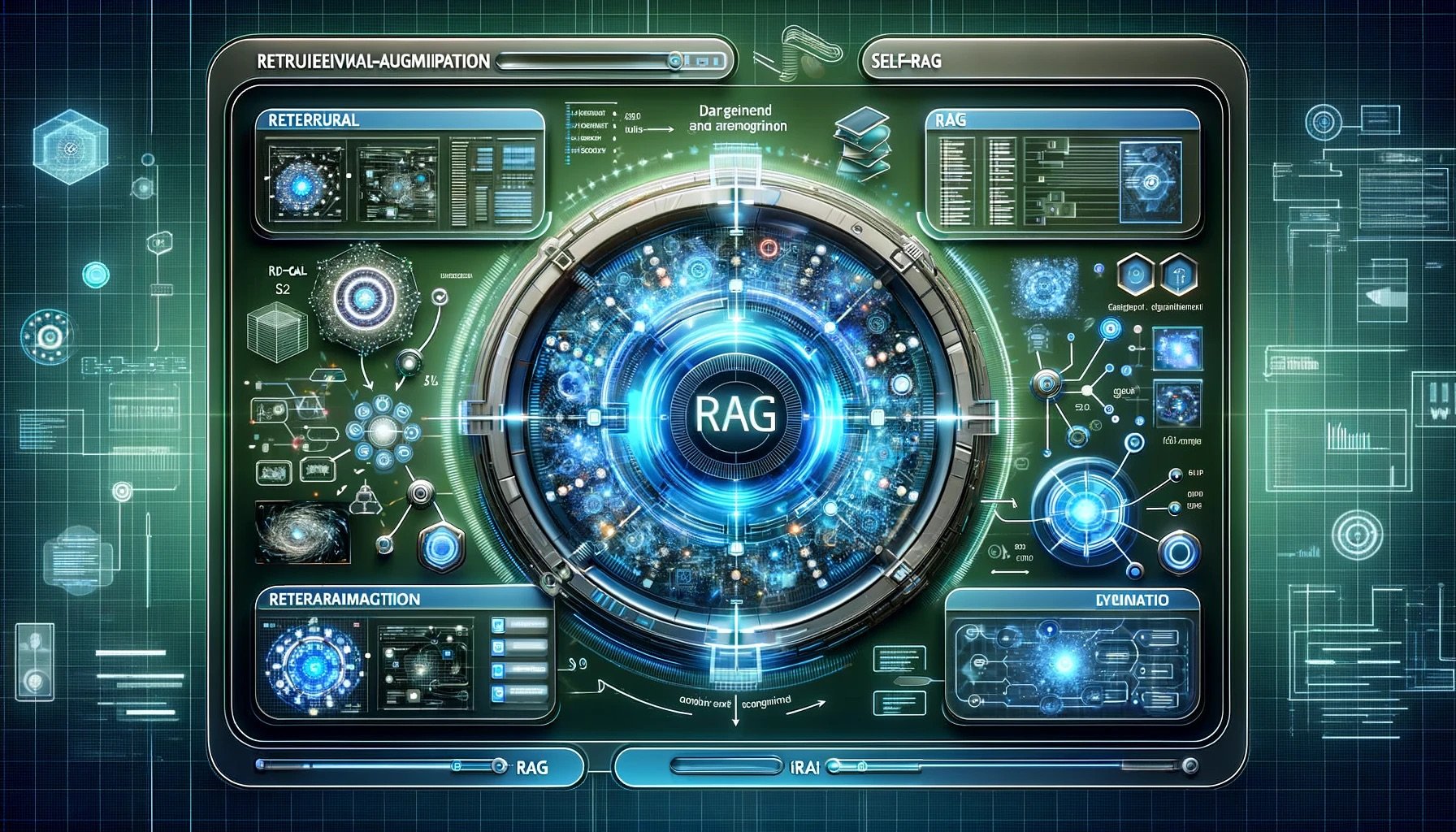
Retrieval-Augmented Generation
One of the most effective approaches to grounding large language models (LLMs) using the Data and Knowledge Base Integration method is Retrieval-Augmented Generation (RAG). RAG is an AI framework that retrieves facts from an external knowledge base to ground LLMs on the most accurate, up-to-date information.

Understanding Semantic Search
Semantic search refers to the process of searching for information that understands the intent and contextual meaning of the search query, rather than just matching keywords. It involves interpreting the nuances of language, including synonyms, variance in word order, and the relationship between words, to provide more relevant and accurate search results.

Reaching Agreement on the European Union’s AI Act
On December 9, 2023, the European Parliament and Council reached a provisional agreement on the European Union's Artificial Intelligence Act (EU AI Act), a comprehensive legal framework for AI. The Act aims to ensure that AI in Europe is safe, respects fundamental rights and democracy, and fosters an environment where businesses can innovate and expand. The legislation establishes obligations for AI systems based on their potential risks and impacts. It represents a significant step in regulating AI technologies.

Understanding the Vector Database
A vector database is a type of database designed to efficiently store, index, and query vector data. Vector data, in this context, refers to arrays of numbers (vectors) that represent complex data types like images, sounds, texts, or any high-dimensional data. This database type is particularly relevant for machine learning and AI, where such data is commonplace.

Computer Vision and Large Vision Models
Computer vision is an interdisciplinary field that deals with how computers can gain high-level understanding from digital images or videos. It attempts to automate tasks that the human visual system can do. Computer vision integrates aspects of image processing and computer science, and it employs methods from fields such as machine learning, pattern recognition, neural networks, and artificial intelligence.
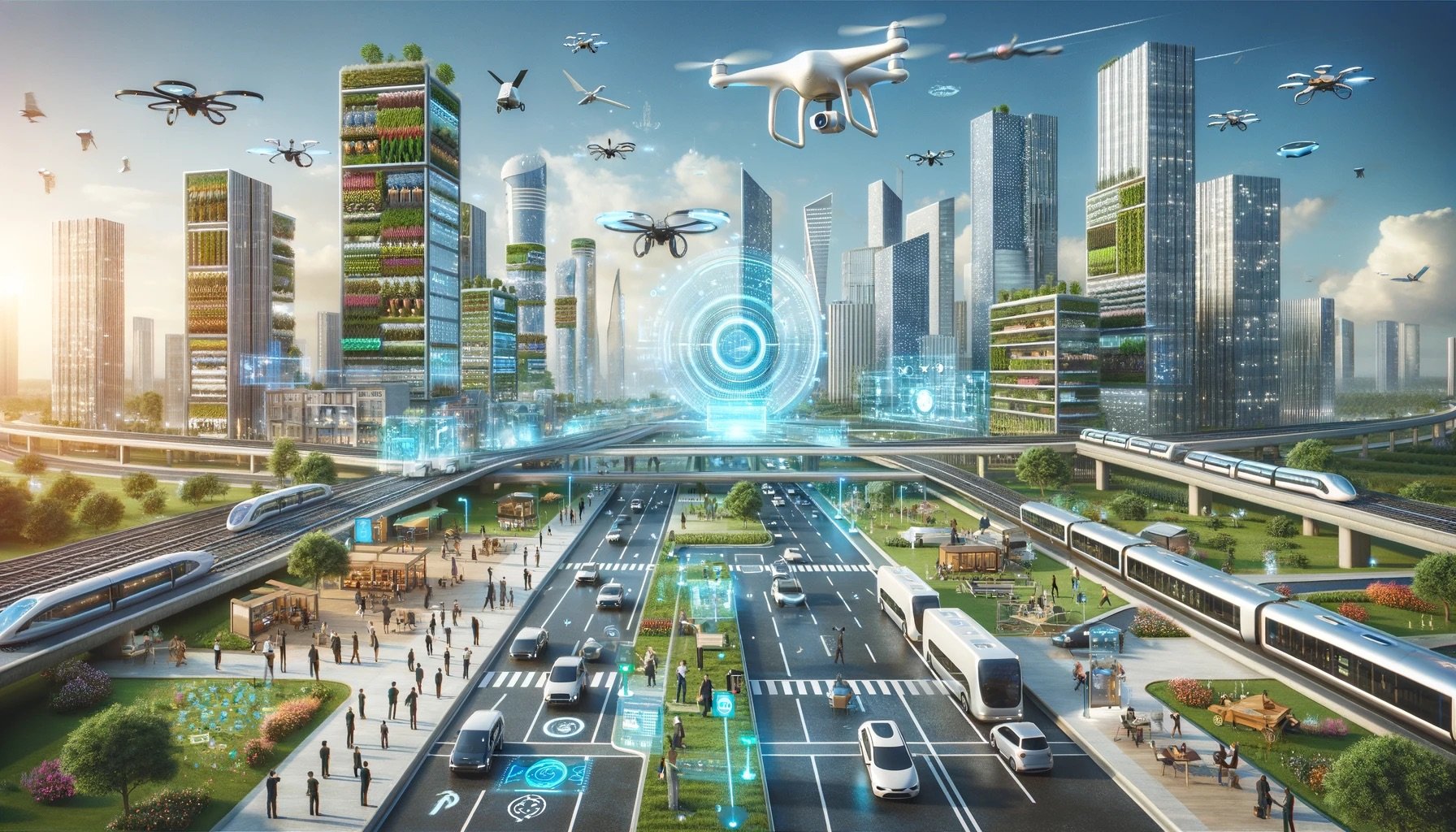
Five Trends for Emerging Technologies in 2024
There are a number of threads we could pull in emerging technologies, so boiling the list down to five is difficult. Of course this is my own limit, so I suppose there’s some argument to expand the list. I’ll resist that though, and try to focus these few trends on the most consequential in the areas in which I am currently focused; customer experience and CRM, artificial intelligence (AI) and adopting a digital first business strategy. Even with that focus I struggled to keep the list to five, but here’s where I landed:
AI Application Stores
Generative AI as the new platform
Quantum Computing + AI
Synthetic Customers
Large Vision Models (LVMs)

Understanding the Limitations and Challenges of Generative AI
It may seem unnecessary to provide an introduction to generative AI at this point, but just in case, let’s start there to level set; then dig into the limitations and challenges. Generative AI refers to a class of artificial intelligence that specializes in creating content, whether that be text, images, or even music. This technology operates by learning from massive datasets to generate new, original material that resembles the learned content. The most familiar examples include text-based models like ChatGPT, image generators such as DALL-E, and AI that composes music. While the potential of generative AI is significant, offering innovative solutions across various sectors including marketing, design, and entertainment, it is not without limitations and challenges.

Disambiguation: Generative AI for Higher Education and the Future of Work - TRANSCRIPT
The release of ChatGPT and other generative AI tools over the past year has caused many diverse reactions from higher educational institutions and educators. Many see opportunity and the need to make sure students are knowledgable about the technology, while others have pushed back, opposed and restricted the use of generative AI. Join us as we discuss the use of generative AI in higher education and its impact on the future of work with Keeley Meetze, CEO of the Keeley Company LLC.
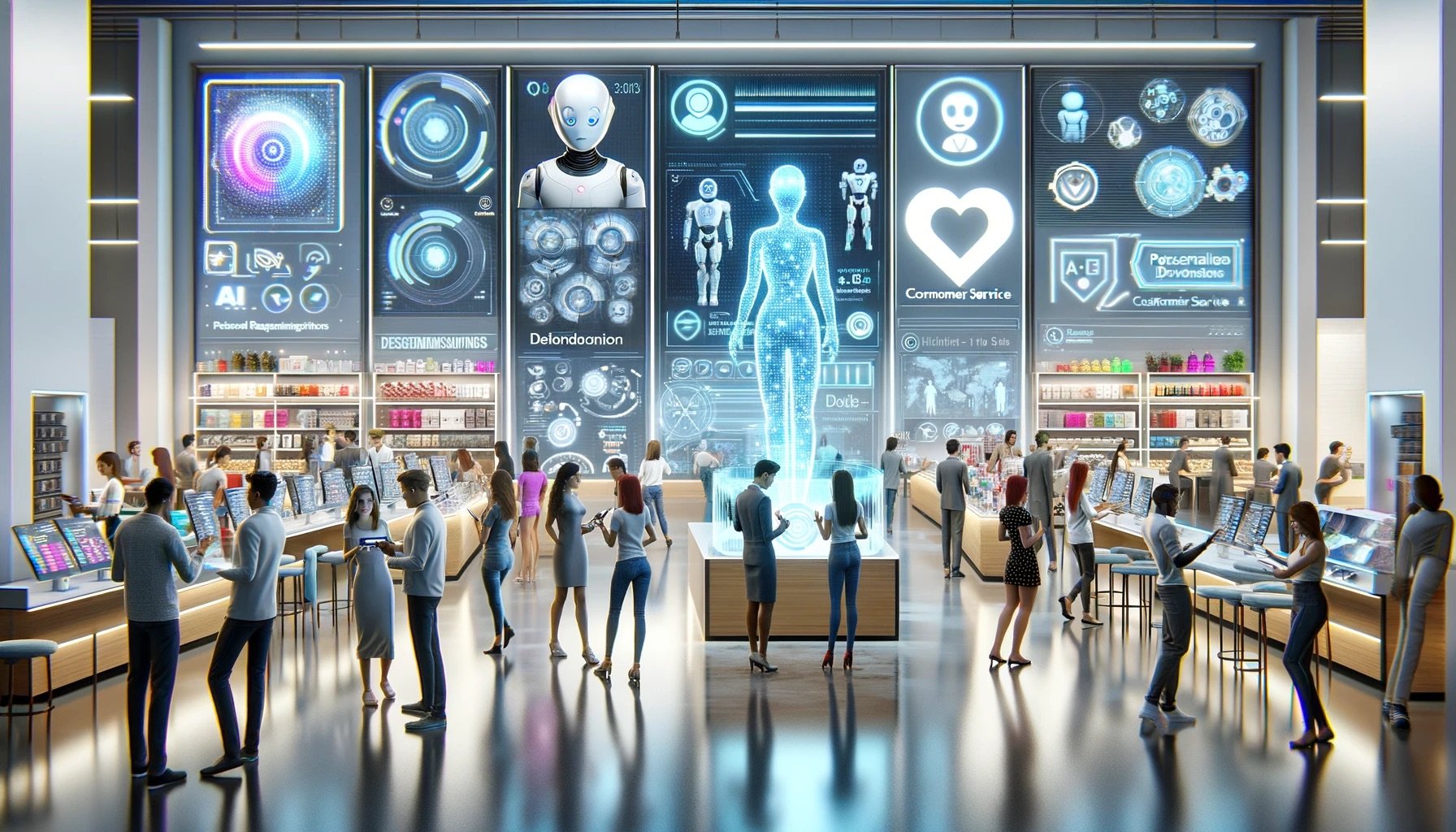
The Role of AI in Personalizing Customer Interactions
Personalizing customer interactions at scale is an ongoing goal for businesses, that has proven to be difficult and resource intensive. Artificial Intelligence (AI) has the capability to greatly simplify and improve personalization, offering businesses the ability to understand their customers better, customize recommendations, and ultimately make every customer feel seen and valued. Let’s explore the growing role of AI, including generative AI, in personalizing customer interactions, the techniques and processes involved, the desired outcomes, and the benefits for both the customer and the company.
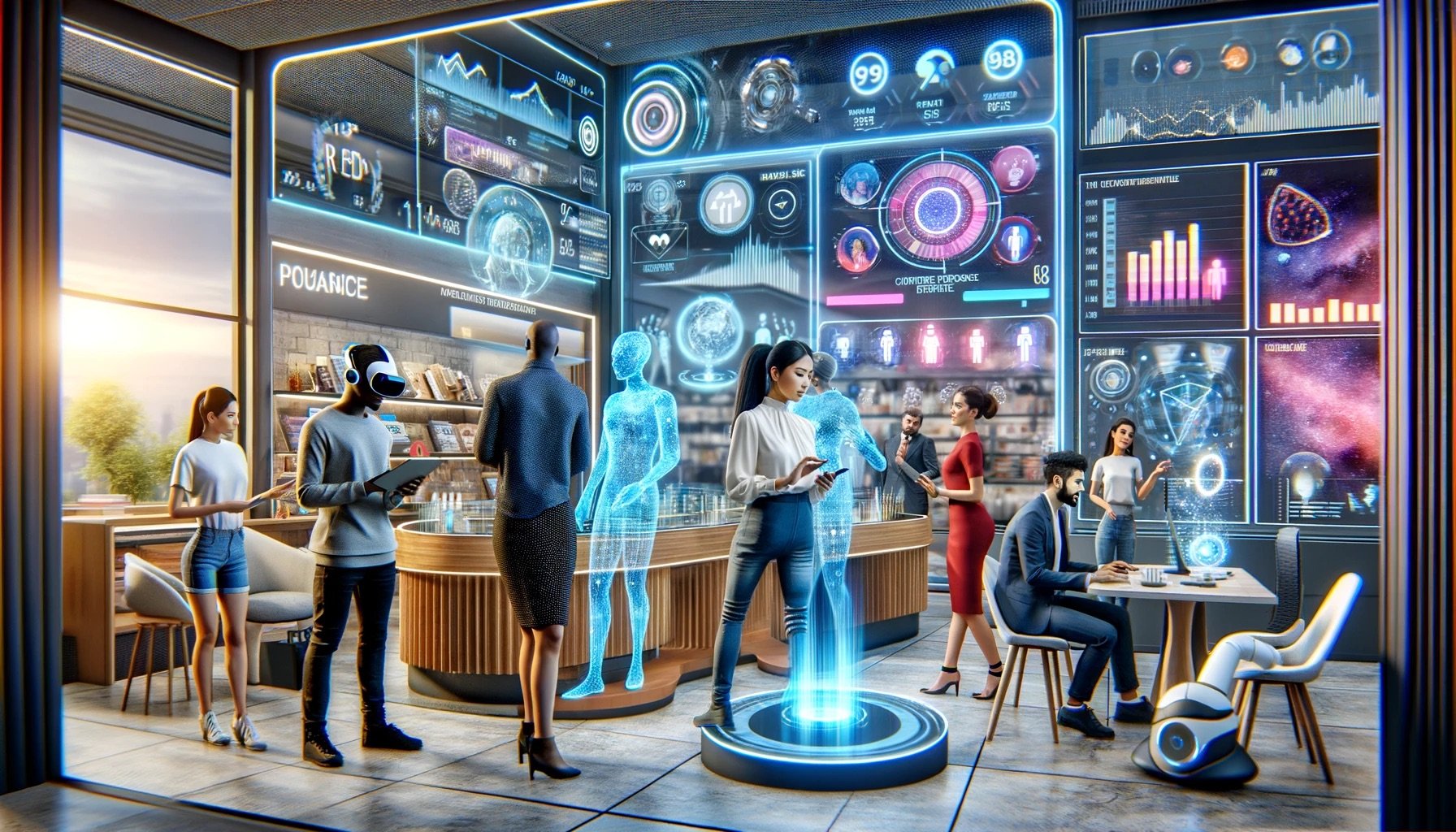
Customer Experience Trends for 2024
Customer experience (CX) is the cumulative perception and feelings a customer develops through their interactions with a company, encompassing every touchpoint from initial contact to post-purchase support. It's an all-encompassing journey that shapes the customer's view of the brand, influenced by the quality of customer service, ease of use, product satisfaction, and emotional connection. As businesses continue to evolve in 2024, understanding and enhancing customer experience has become a crucial element for success. This focus on CX reflects the growing recognition of its critical role in building brand loyalty, fostering positive word-of-mouth, and driving sustainable growth. In this context, exploring the latest trends in customer experience is vital for any business aiming to thrive in today's competitive marketplace.
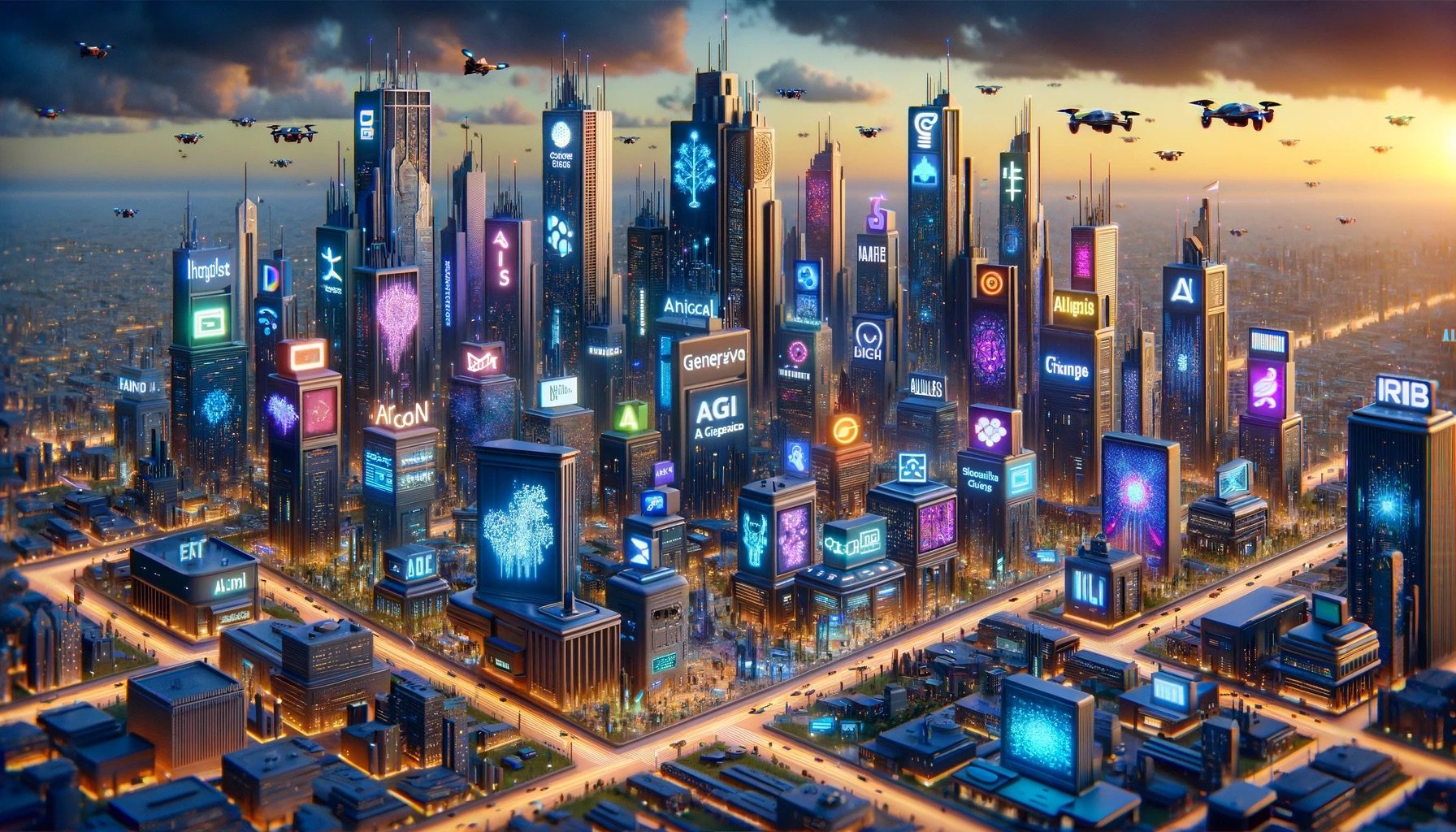
The OpenAI Debacle - UPDATED
I’ve debated writing something on the OpenAI drama since the first announcement on Friday. Everytime I’d start there would be a new development / announcement / rumor. Just keeping up was nearly a full time job. And the story isn’t over at this point (Tuesday). There is a long list of articles and blogs and linkedIn posts on the subject, so sharing something new and useful is a challenge. There are some lessons in this somewhere though, so I’ll try to pull out some useful observations.
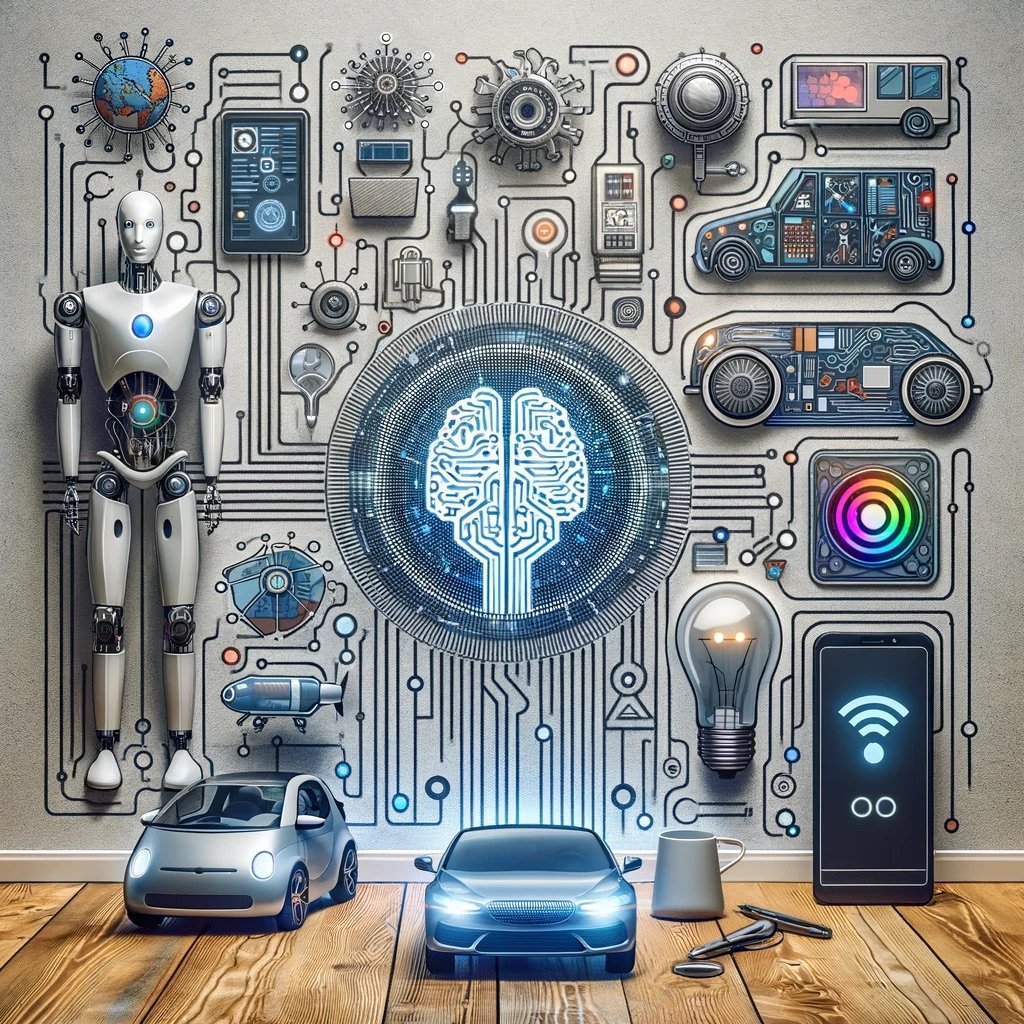
Artificial Intelligence: Beyond Generative AI
Over the past year the top tech topic has been generative AI. AI though, is not new, it has it roots back a few decades. While generative AI is a fairly recent capability, there are a number of other types that are currently in use across a variety of business use cases. Generative AI improves on some of those capabilities of course, but to really understand how a business can use AI to the best benefit, it’s helpful to have an understanding of the other types of AI, and how they can be used. The following graphic shows all the current AI types. It does not talk about future types though, like artificial general intelligence (AGI). While a very interesting topic, that’s a subject for another post.
